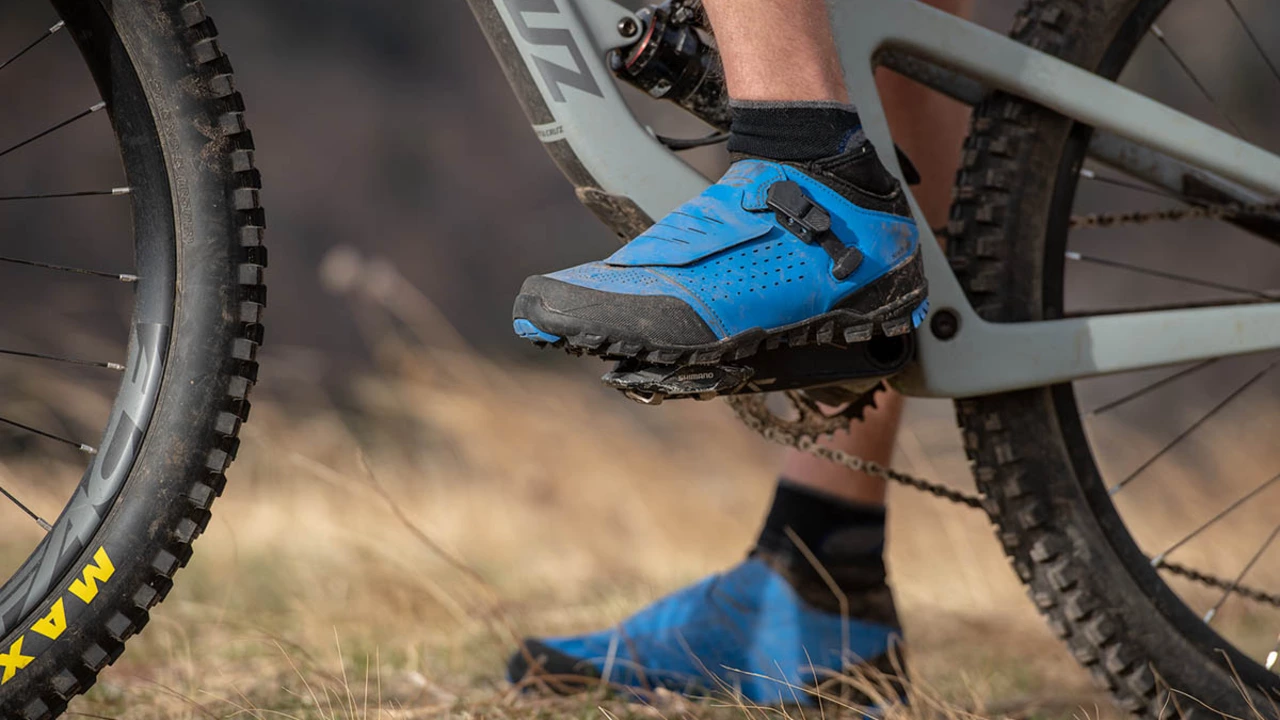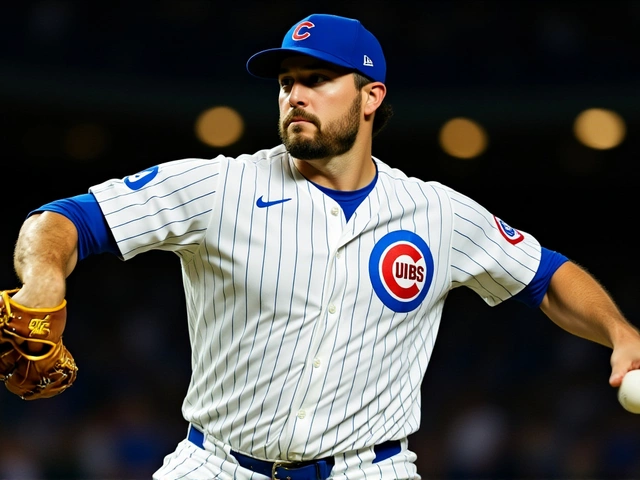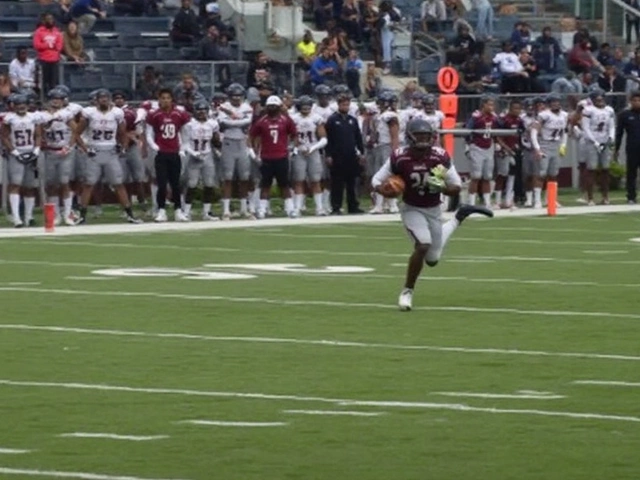Cycling Footwear: Pick the Right Shoes for Every Ride
If you’re swapping your sneakers for bike shoes, you probably wonder what makes a shoe right for pedaling. The answer isn’t one‑size‑fits‑all – it depends on the bike you ride, the terrain you hit, and how you like to feel on the pedals.
Types of Cycling Footwear
Road shoes are stiff, have a smooth sole, and usually come with a clip‑in cleat system. They turn every pedal stroke into power, so they’re great for long rides on pavement. Mountain or trail shoes have a grippier tread, a recessed cleat, and often a protective toe box – perfect for off‑road bumps.
BMX shoes sit in the middle. They’re lightweight, have a flat platform for flat‑pedal tricks, and sometimes feature a small removable cleat for occasional clip‑in use. If you spend time in skate parks or do street tricks, look for a shoe with a reinforced outsole and good ankle support.
How to Pick the Perfect Fit
Start by measuring your foot – many brands list sizes in millimeters. Try the shoe on with the socks you’ll actually ride in. Your heel should sit snugly against the back, and you should feel a little wiggle room at the toes. Too tight and you’ll get blisters; too loose and you’ll lose power.
Check the closure system. Velcro straps are quick and easy, especially for kids or casual riders. Buckles give a more secure fit for performance rides. Some shoes use a dial system that lets you tighten everything with one turn – handy if you’re swapping shoes mid‑day.Don’t forget the cleat. If you’re new to clip‑in, start with a two‑hole road cleat; it’s easy to install and release. BMX riders often stick to flat pedals, so a shoe with a rubber grip on the sole can be enough.
Material matters, too. Leather molds to your foot over time and adds comfort, but it’s heavier and needs more care. Synthetic uppers dry quickly and stay light, making them a solid choice for hot Spanish summers.
Maintenance is simple: wipe the outsole after muddy rides, let the shoes air dry, and check the cleats for wear. Replacing a cleat is cheaper than buying a whole new pair, so keep a spare on hand.
Price range? You can find decent entry‑level shoes for around 50 €, while high‑end models with carbon plates can push 200 €+. Think of it as an investment – a good shoe can boost your efficiency and protect your feet for years.
When you’re ready to shop, browse local bike shops in Spain for a proper fit test, or check reputable online stores that offer free returns. Reading user reviews can also highlight any squeaky‑heel issues before you buy.
Bottom line: the best cycling footwear matches your bike, your style, and your comfort needs. Take a few minutes to try on a couple of pairs, test the cleats, and you’ll feel the difference on the next ride.
Alright folks, let's dive pedal-first into the cycling shoes debate! It's like choosing between chocolate and vanilla - both delectably delightful, but oh-so different. Road-cycling shoes, they're the sleek, speedy racers of the footwear world, offering mind-blowing power transfer and aerodynamics. Now, mountain-biking shoes, on the other hand, are your rugged, all-terrain warriors, offering great grip and walking comfort - they're like hiking boots on a bicycle caffeine rush! So, whether you're zooming on asphalt or tackling tough trails, remember, the right shoe can make your ride feel as smooth as butter on a hot pancake!
Read more





